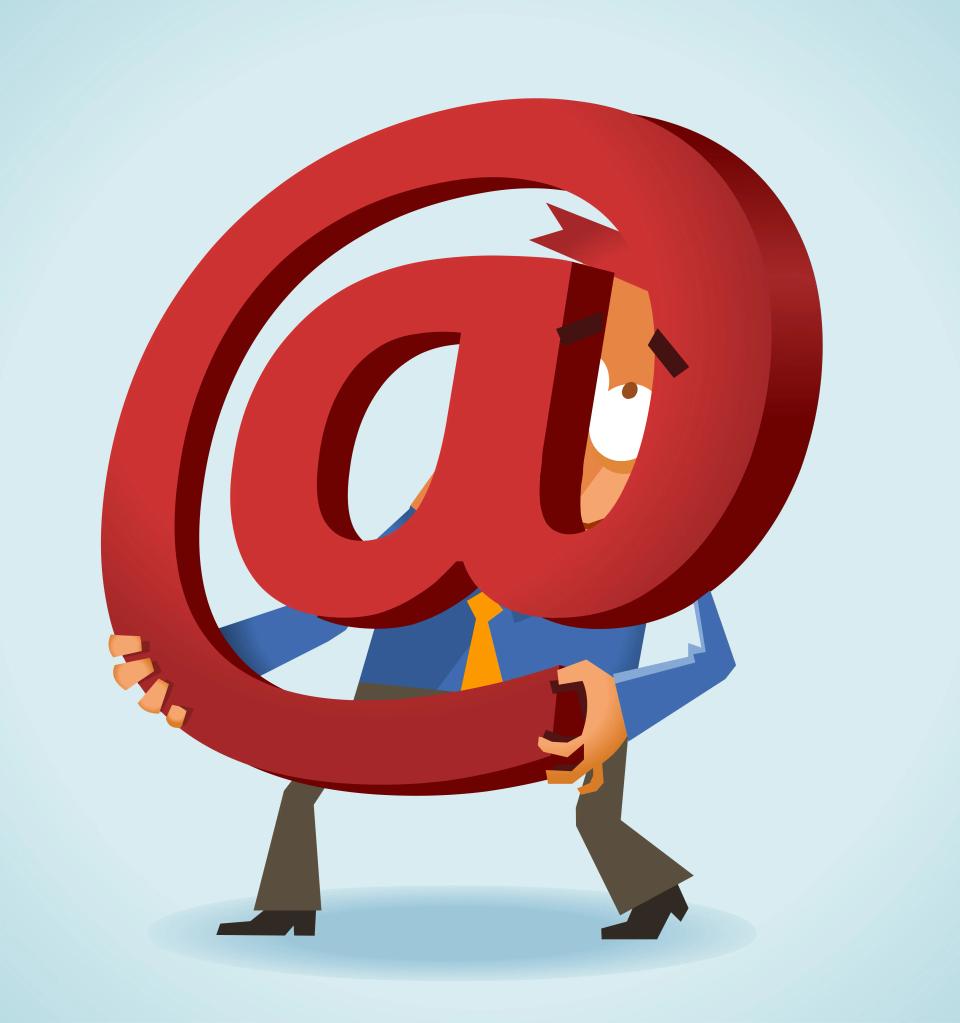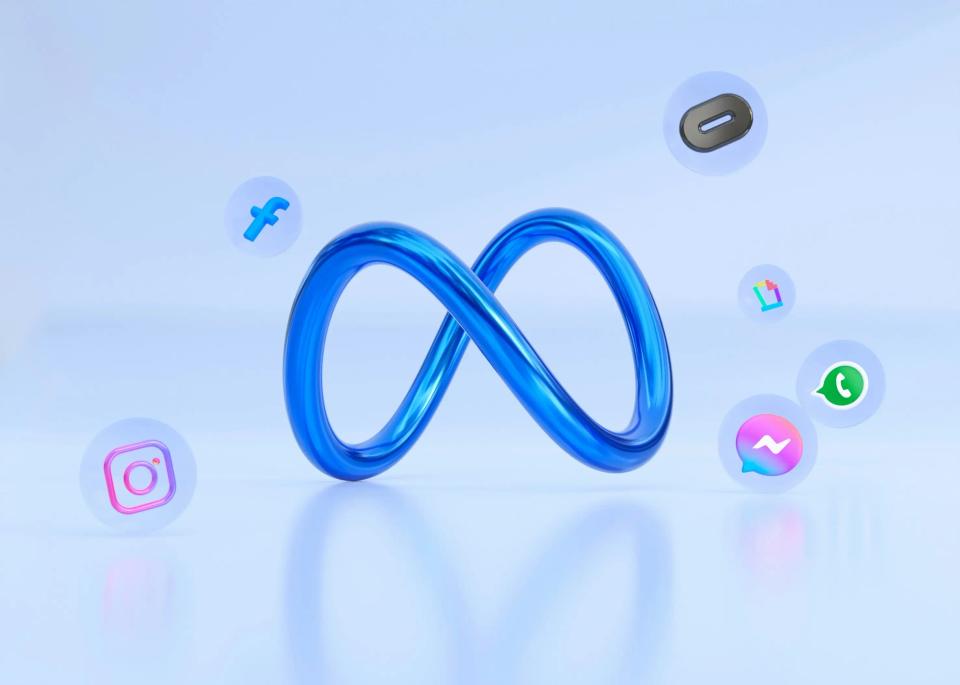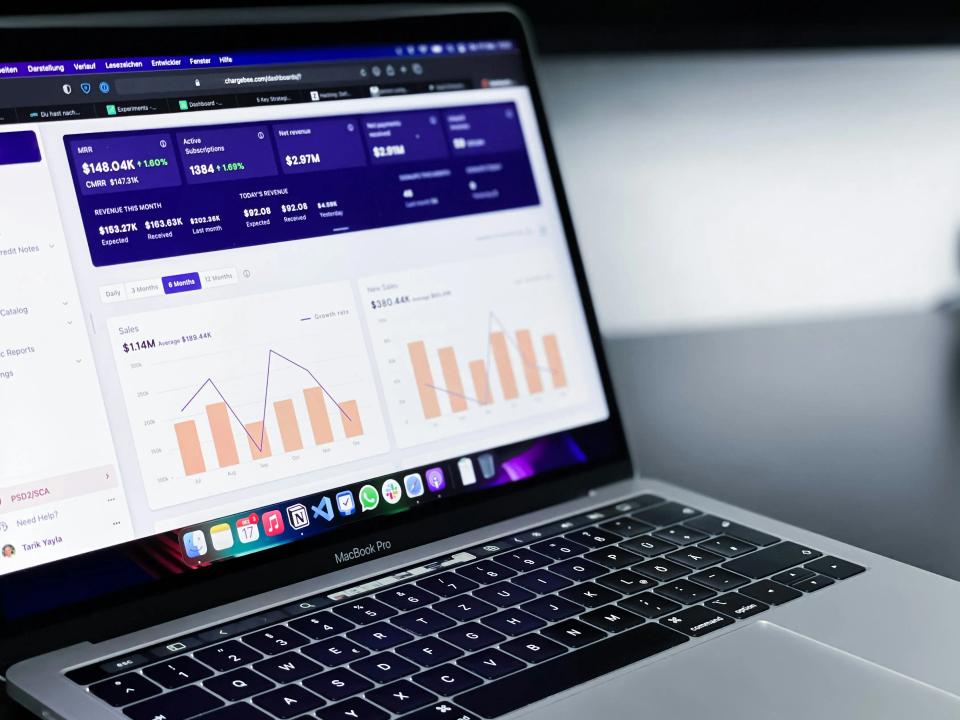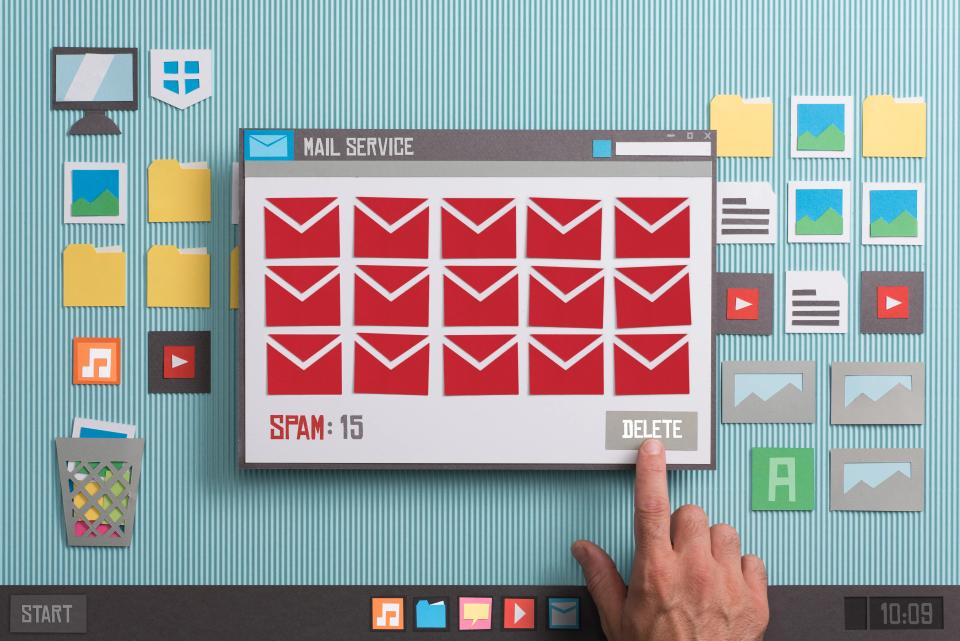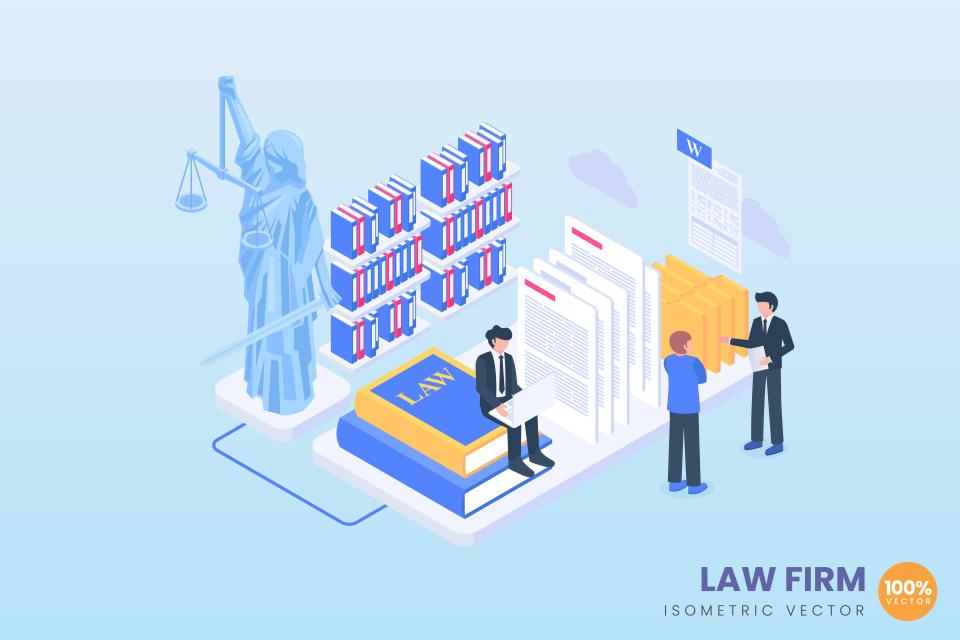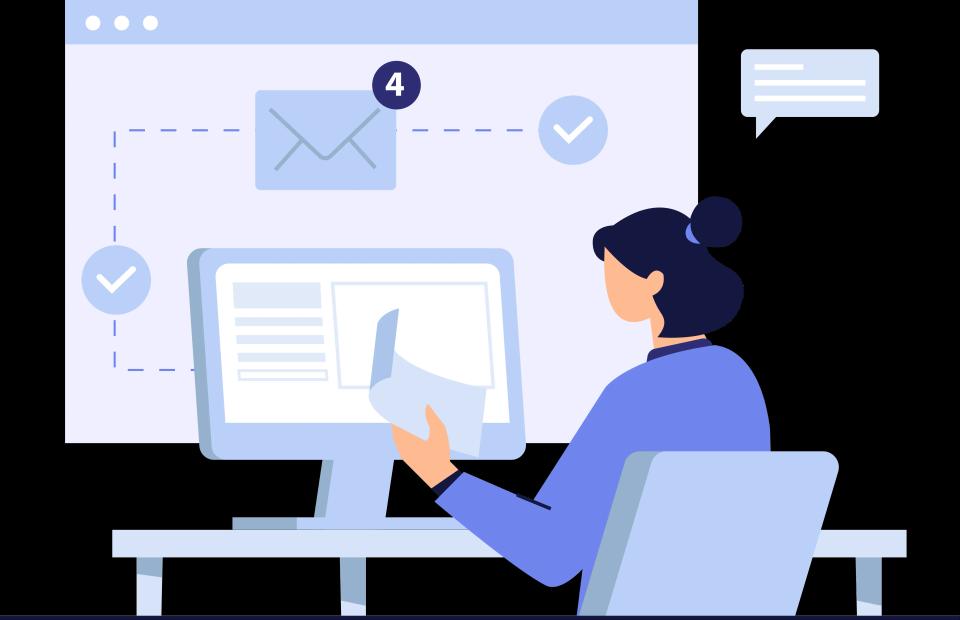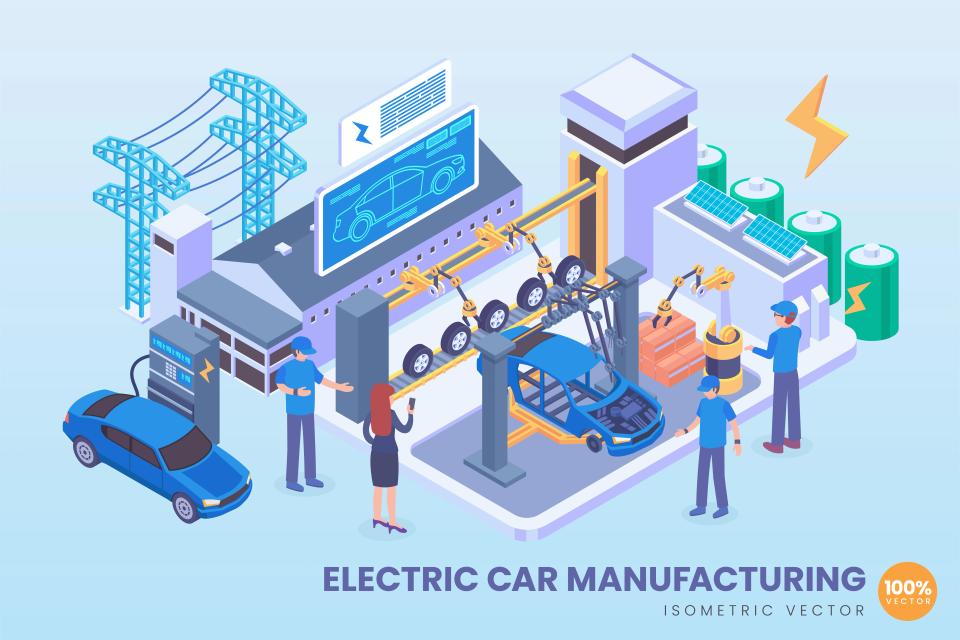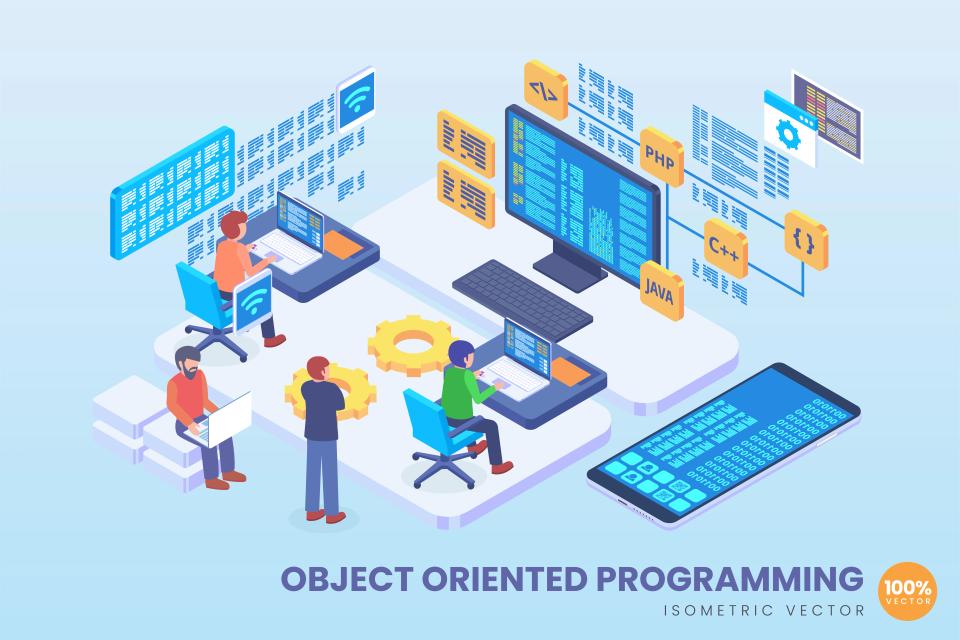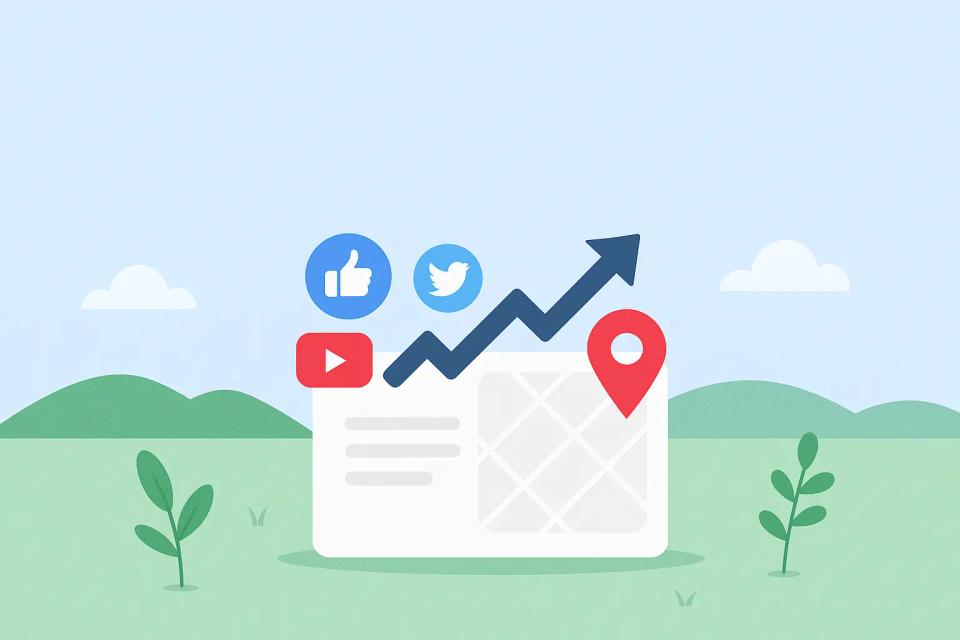Hey there, fellow marketers and business builders! Carolina Nilsson here, from the CaptivateClick team. I've spent years navigating the ever-shifting landscape of digital marketing, and let me tell you, email outreach remains a powerhouse for B2B lead generation. But here's the catch: the game has changed. What worked five, or even two years ago, might just land your carefully crafted messages in the dreaded spam folder or, worse, the digital void of unopened emails.
Think about your own inbox for a moment. How many generic, uninspired outreach emails do you delete without a second thought? Exactly. The sheer volume is staggering; estimates suggest hundreds of billions of business emails are sent and received each day. This saturation means traditional, one-size-fits-all email blasts are dead. To truly connect and convert in 2025, we need to embrace innovation, personalization, and genuine value.
This guide isn't just about sending emails; it's about starting meaningful conversations that lead to valuable business relationships. We'll explore cutting-edge techniques, smart tools, and strategic thinking to elevate your outreach from ignorable noise to welcome engagement. Ready to rethink your B2B email strategy? Let's get started.
Understanding Modern B2B Email Outreach
Email communication in the B2B world has come a long way, hasn't it? I remember the early days, where simply having an email list felt like a goldmine, and batch-and-blast was the standard operating procedure. We focused on volume, hoping that casting a wide net would inevitably catch some fish. But as technology evolved and inboxes became increasingly crowded, recipients grew savvier and less tolerant of irrelevant messages.
Today, we face a unique set of challenges. Sophisticated spam filters are quick to flag impersonal or overly promotional content. Decision-makers are time-poor and protective of their attention spans, meaning your email has mere seconds to make an impact. Furthermore, regulations like GDPR and CAN-SPAM demand a more respectful, consent-focused approach. Standing out requires more than just a catchy subject line; it demands relevance, respect, and resourcefulness.
So, what separates a successful modern outreach campaign from one that falls flat? It's no longer just about open rates, though those are still important. True success lies in engagement: replies, conversations started, meetings booked, and ultimately, relationships built. It's about delivering the right message, to the right person, at the right time, in a way that genuinely resonates with their needs and challenges. Industry benchmarks often show average B2B open rates hovering around 20-25%, but engagement and conversion metrics are where the real value lies.
Advanced Personalization Strategies
If there's one word that defines successful modern outreach, it's personalization. But I'm not just talking about using a [First Name] merge tag. We need to go deeper, leveraging technology and research to create messages that feel truly individual.
AI-Powered Personalization
Artificial intelligence is no longer science fiction; it's a powerful ally in our marketing toolkit. AI tools can analyze vast amounts of data – from prospect demographics and firmographics to online behavior and past interactions – to help us understand our audience on a granular level. This allows for incredibly sophisticated content customization that goes far beyond simple mail merges. Imagine AI suggesting specific talking points based on a prospect's recent LinkedIn activity or company news.
Predictive analytics, fueled by AI, takes this even further. By analyzing historical data, these systems can predict which segments of your audience are most likely to respond positively to certain types of messages or offers. This allows for smarter audience segmentation, ensuring your outreach efforts are focused where they'll have the most impact. Furthermore, AI enables dynamic content adaptation, where elements of your email (like calls-to-action, images, or even specific paragraphs) can automatically change based on the individual recipient's profile, creating a uniquely tailored experience for each prospect. Studies consistently show that AI adoption in marketing significantly boosts lead generation and conversion rates.
Hyper-Personalization Techniques
While AI provides the scale, hyper-personalization requires a human touch, blending technology with diligent research. This means going beyond surface-level details and truly understanding the individual and their company context. Start by integrating company-specific research: mention a recent funding round, a new product launch, a significant company announcement, or even a shared connection. This immediately shows you've done your homework.
Next comes decision-maker profiling. Don't just target a job title; understand the specific responsibilities, challenges, and goals associated with that role within that specific company. What are their likely pain points? What KPIs are they measured against? Tailoring your message to address these specific concerns demonstrates empathy and positions you as a potential solution provider, not just another salesperson.
Finally, address industry-specific pain points. Generic benefits rarely resonate. Instead, speak the language of their industry. Understand the unique challenges, regulations, and trends affecting their sector and frame your value proposition accordingly. Research indicates that emails with highly personalized content see significantly higher engagement and conversion rates compared to generic messages – sometimes multiple times higher. It takes more effort, yes, but the payoff in building genuine connections is immense.
Innovative Email Outreach Tools and Technologies
Having the right strategy is crucial, but leveraging the right technology can amplify your efforts significantly. Modern tools automate repetitive tasks, provide valuable insights, and enable sophisticated campaign execution.
Automation Platforms
Marketing automation platforms are the workhorses of efficient email outreach. They handle tasks like scheduling emails, managing lists, tracking engagement, and integrating with your CRM. When choosing a platform, consider factors like ease of use, scalability, integration capabilities (especially with your CRM and sales tools), and the robustness of its analytics features. While I can't recommend specific brands here, look for platforms known for reliable deliverability and strong customer support.
The true power of automation lies in its ability to free up your time for more strategic activities, like research and personalization. However, automation should enhance, not replace, genuine human connection. Avoid the "set it and forget it" trap; use automation thoughtfully to deliver personalized experiences at scale. Ensure your chosen platform integrates seamlessly with other tools in your stack – a disconnected system creates data silos and inefficiencies. Effective automation adoption is often cited as a key driver of increased marketing ROI.
Performance tracking features are non-negotiable. Your platform should provide clear dashboards showing open rates, click-through rates, reply rates, bounce rates, and conversion tracking. This data is essential for understanding what's working and where you need to optimize. Without robust tracking, you're essentially flying blind.
Smart Sequencing Tools
Beyond single email blasts, smart sequencing tools allow you to build multi-touch campaigns that nurture prospects over time. These tools automate follow-up emails based on recipient behavior (or lack thereof), ensuring persistent yet relevant communication. A typical sequence might involve an initial outreach email, followed by a reminder a few days later if there's no response, perhaps a connection request on LinkedIn, and then another email offering a different piece of value.
Timing optimization is a key feature of sophisticated sequencing tools. They can analyze past engagement data to suggest the optimal days and times to send emails to specific segments or individuals, maximizing the chances of your message being seen. Some even offer send-time optimization based on the recipient's time zone or predicted activity patterns. Well-designed sequences significantly outperform single email sends in generating responses and meetings.
A/B testing capabilities within sequencing tools are invaluable. You can test different subject lines, email copy, calls-to-action, or even the timing and number of steps within a sequence. This allows you to continuously refine your approach based on real-world data, ensuring your campaigns become more effective over time. Remember, the goal is a persistent, personalized, and data-driven follow-up process.
Crafting High-Converting Email Templates
Even with the best tools and personalization, the email itself needs to be compelling. Your subject line is the gateway, and your body content must deliver value and inspire action. Forget generic templates; focus on frameworks you can adapt and personalize.
Subject Line Innovation
Your subject line has one job: get the email opened. In a crowded inbox, that means standing out. Pattern interruption techniques can be highly effective – think unexpected questions, intriguing stats, or phrasing that breaks the usual B2B mold. Use personalization tokens wisely; including the prospect's name or company name can boost open rates, but ensure it feels natural, not forced.
Avoid clickbait or misleading subject lines, as they erode trust. Instead, focus on conveying relevance and value concisely. What's the core benefit or insight you're offering? Hint at it in the subject line to pique curiosity. A/B testing is absolutely critical for subject lines. Test different approaches relentlessly – short vs. long, question vs. statement, including numbers vs. not – and let the data guide your decisions. Even small improvements in open rates, driven by better subject lines, can have a significant impact on overall campaign performance. Studies show personalized subject lines can increase open rates by over 20%.
Body Content Strategies
Once opened, the email body needs to hold attention and drive action. I'm a huge believer in storytelling approaches. Instead of just listing features, frame the prospect's problem or challenge within a relatable narrative. Show empathy, demonstrate you understand their world, and then position your solution as the logical next step in their story.
Clearly articulate your value proposition. Don't make the reader guess what's in it for them. Focus on benefits, not just features. How will your offering save them time, reduce costs, increase revenue, or solve a specific pain point they care about? Be specific and quantify the value whenever possible. Keep paragraphs short and scannable, using formatting like bold text sparingly to highlight key takeaways.
Finally, optimize your call-to-action (CTA). Make it crystal clear what you want the reader to do next. Avoid vague requests like "Let me know your thoughts." Instead, use specific, low-friction CTAs like "Are you available for a brief 15-minute call next Tuesday?" or "Would you be open to reviewing a short case study relevant to [Prospect's Industry]?" Ensure the CTA aligns with the email's content and the prospect's stage in the buyer journey. Testing different CTAs is just as important as testing subject lines.
Advanced Targeting and Segmentation
Who you target is just as important as what you send. Generic outreach to broad lists is inefficient. Advanced targeting and segmentation ensure your innovative emails reach the right people.
Account-Based Marketing (ABM) Integration
Email outreach is a cornerstone of effective Account-Based Marketing (ABM). ABM flips the traditional funnel, focusing marketing and sales resources on a defined set of high-value target accounts. The first step is meticulous target account identification – selecting companies that represent the best fit for your solution based on criteria like industry, size, revenue, technology usage, and strategic goals.
Once accounts are identified, the next crucial step is decision-maker mapping. Within each target account, identify the key individuals involved in the purchasing decision – the champion, the influencer, the budget holder, the end-user. Your email outreach needs to be tailored not just to the account, but to the specific role and priorities of each individual contact. Generic messages simply won't cut it in an ABM context.
This leads to customized messaging approaches. Each email should resonate with the specific challenges and goals of the recipient's role, while also aligning with the overall strategic objectives you've identified for that account. Reference shared connections, company news, or industry trends relevant to that specific account. ABM strategies consistently show higher ROI compared to traditional lead generation tactics because they focus resources effectively.
Behavioral Segmentation
Beyond firmographics and demographics, behavioral segmentation groups prospects based on their actions and engagement patterns. This allows for highly relevant and timely outreach. Engagement-based targeting means sending different follow-ups based on whether someone opened your email, clicked a link, or visited specific pages on your website after clicking. For example, someone who clicked a link about a specific feature might receive a follow-up email with a case study related to that feature.
Interest-based segmentation involves grouping contacts based on the topics or content they've shown interest in (e.g., downloaded guides, webinar attendance). This allows you to send highly relevant content and offers that align with their demonstrated interests. This makes your outreach feel helpful, not intrusive.
Analyzing response patterns is also key. Are certain types of subject lines or CTAs resonating more with specific segments? Are people responding more positively at certain times? Use this data to continuously refine your segmentation and messaging strategies. Segmented email campaigns regularly outperform non-segmented campaigns, often showing significantly higher open and click-through rates according to industry reports.
Measuring and Optimizing Results
You can't improve what you don't measure. Tracking the right metrics and continuously optimizing your campaigns based on data is crucial for sustained success in B2B email outreach.
Key Performance Metrics (KPIs)
While open and click-through rates offer initial insights, they don't tell the whole story. Focus on metrics that directly correlate with business outcomes. Essential tracking metrics include reply rate (a strong indicator of engagement), conversion rate (e.g., meetings booked, demos scheduled, leads generated), bounce rate (hard and soft bounces indicate list health issues), and unsubscribe rate. Tracking these KPIs helps you understand the true effectiveness of your campaigns.
Leverage advanced analytics tools, often built into your automation platform or integrated via tools like Google Analytics (using UTM parameters). These tools can help you track conversions back to specific email campaigns or sequences, providing a clearer picture of what's driving results. Ultimately, you need to measure the Return on Investment (ROI) of your email outreach efforts. Calculate the cost of your tools and time against the value of the leads and deals generated. Focusing on ROI ensures your efforts align with business goals.
Optimization Strategies
Optimization is an ongoing process, not a one-time task. Implement a structured A/B testing framework. Test one variable at a time – subject line, sender name, email copy, CTA, send time, day of the week – to understand its specific impact. Document your tests and results rigorously.
Embrace a continuous improvement process. Regularly review your campaign performance data. What's working well? What's underperforming? Formulate hypotheses based on the data and test them. Don't be afraid to experiment and iterate. Even small, incremental improvements can compound over time to significantly boost results.
Some key performance optimization tips include: regularly cleaning your email list to remove invalid addresses and unengaged contacts (improves deliverability), ensuring mobile-friendliness (a significant portion of emails are read on mobile), and personalizing beyond the first name by incorporating deeper insights. Consistent A/B testing has been shown to significantly lift conversion rates across various marketing channels.
Case Studies and Success Stories
Let's bring these concepts to life with a couple of scenarios I've seen play out (names and specifics changed, of course!).
Imagine "FinTech Innovators," a startup struggling to get traction with busy financial executives. Their initial outreach was generic, resulting in abysmal reply rates. They shifted strategy, adopting hyper-personalization. Before emailing a CFO, their team researched recent company performance, mentioned a specific challenge highlighted in the latest earnings call, and referenced an article the CFO had shared on LinkedIn. The email wasn't selling; it was starting a relevant conversation. The result? Their reply rate tripled, leading to several high-quality discovery calls within a quarter. The lesson: deep personalization demonstrates genuine interest and breaks through the noise.
Consider "ManuTech Solutions," a company selling complex manufacturing software. They implemented an ABM approach combined with smart sequencing. They identified 50 high-value target accounts, mapped key decision-makers (from Plant Managers to VPs of Operations), and created tailored email sequences for each role. The Plant Manager sequence focused on operational efficiency gains, while the VP sequence highlighted strategic ROI and competitive advantages. They used behavioral triggers; if someone clicked a link about predictive maintenance, the sequence automatically sent a relevant case study. This coordinated, multi-touch approach led to a 25% increase in qualified pipeline from target accounts within six months. The takeaway: aligning messaging across roles within an account, powered by automation, drives significant results.
Common Pitfalls and How to Avoid Them
Even seasoned marketers can stumble in email outreach. One of the most frequent mistakes I see is insufficient personalization. Sending emails that feel generic or irrelevant is the fastest way to get ignored or marked as spam. Avoid this by dedicating time to research before hitting send, even if it means sending fewer, higher-quality emails.
Another common pitfall is the lack of persistent, polite follow-up. Many give up after just one or two attempts. Implement structured follow-up sequences, varying your message and offering different forms of value each time. However, avoid being overly aggressive or annoying. Also, ignoring data and failing to optimize is a recipe for stagnation. Regularly analyze your KPIs and use A/B testing to refine your approach continuously.
Finally, ensure you strictly adhere to anti-spam laws like CAN-SPAM and GDPR. Always include a clear unsubscribe link, honor opt-out requests promptly, and be transparent about who you are. Avoid overly salesy language, especially in initial outreach emails; focus on building rapport and offering value first. Industry data often highlights high spam complaint rates correlating with non-personalized, batch-and-blast techniques.
Future Trends in B2B Email Outreach
The world of email outreach isn't standing still. Looking ahead, AI will play an even more significant role, moving towards hyper-automation where AI not only personalizes content but also predicts optimal send times, suggests follow-up actions, and even drafts initial email copy based on successful patterns. We'll likely see more sophisticated predictive analytics guiding targeting and segmentation.
Privacy concerns will continue to shape the landscape. Expect increased emphasis on data security, transparency, and obtaining explicit consent. Marketers will need to build trust and demonstrate respect for prospect data more than ever. Integration with other channels will become seamless; email outreach won't exist in a silo but will be tightly woven with social selling (especially LinkedIn), personalized video messages, and even direct mail for high-value targets.
We might also see a rise in interactive email elements – polls, surveys, carousels embedded directly within the email – designed to boost engagement without requiring a click-through. To prepare, businesses should invest in data hygiene and consent management, explore AI-powered tools responsibly, focus on building genuine relationships, and adopt an omnichannel mindset.
Actionable Takeaways
Feeling inspired but maybe a little overwhelmed? Let's break it down into actionable steps.
Quick-Start Checklist:
- Define your Ideal Customer Profile (ICP) and target personas.
- Choose an email outreach platform with robust personalization and sequencing features.
- Commit to deep personalization – research every prospect/account.
- Develop adaptable email frameworks focusing on storytelling and value.
- Implement smart follow-up sequences (don't give up after one email!).
- Set up clear tracking for key metrics (reply rate, conversions, ROI).
- Start A/B testing one element (e.g., subject line) immediately.
- Ensure compliance with CAN-SPAM/GDPR.
Implementation Roadmap:
- Foundation (Weeks 1-2): Define ICP, select tools, clean/segment initial list.
- Strategy & Content (Weeks 3-4): Develop messaging frameworks, research initial target accounts/prospects, draft initial email sequences.
- Launch & Test (Month 2): Launch first campaigns, closely monitor initial results, start A/B testing subject lines/CTAs.
- Analyze & Optimize (Month 3 onwards): Analyze performance data weekly, refine sequences based on results, integrate learnings into future campaigns, explore advanced segmentation.
Key Resources:
- Refer back to the Advanced Personalization Strategies section for ideas.
- Review the Crafting High-Converting Email Templates section for messaging tips.
- Use the Measuring and Optimizing Results section to guide your tracking.
Conclusion
Whew! We've covered a lot of ground, from the evolution of B2B email outreach to the innovative strategies and technologies shaping its future. The core message is clear: mass emailing is out; personalized, value-driven conversations are in. Success in 2025 requires a blend of strategic thinking, diligent research, smart technology, and a genuine commitment to understanding and helping your prospects.
By embracing advanced personalization, leveraging automation and sequencing tools wisely, crafting compelling content, targeting precisely, and continuously measuring and optimizing, you can transform your email outreach from a frustrating numbers game into a powerful engine for B2B lead generation and relationship building. It takes effort, yes, but the rewards – meaningful connections and sustainable business growth – are well worth it.
So, what's your next step? Don't try to implement everything at once. Pick one key area from this guide – perhaps hyper-personalization or A/B testing subject lines – and commit to mastering it. Start small, learn fast, and build momentum. The future of B2B outreach belongs to those who innovate and connect authentically.

